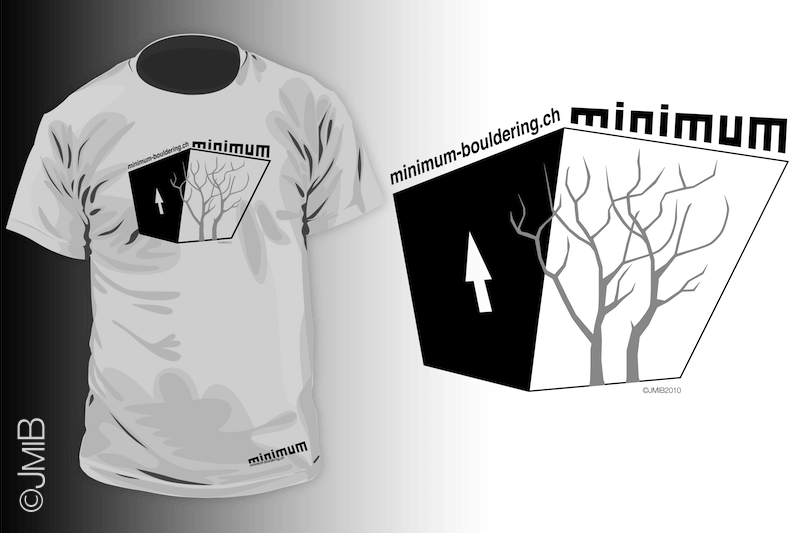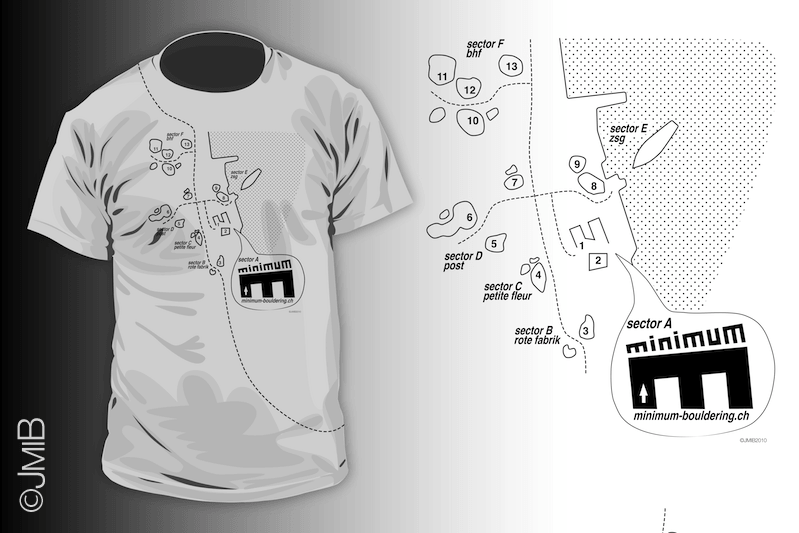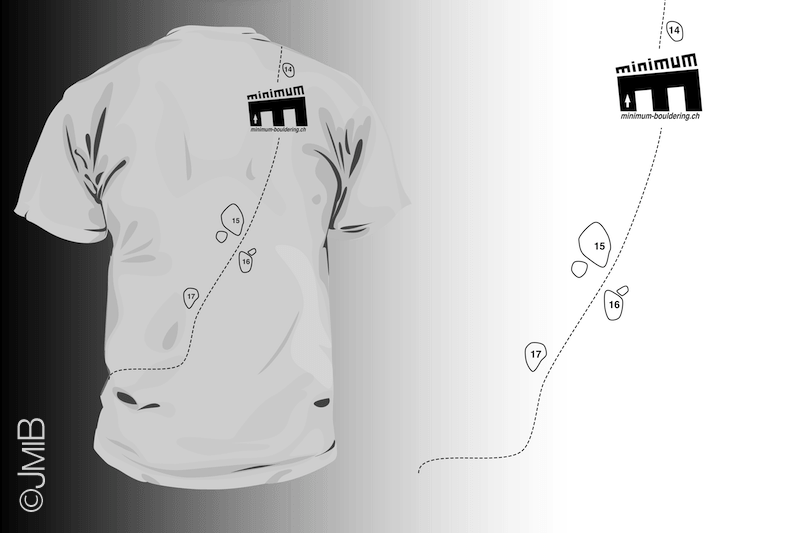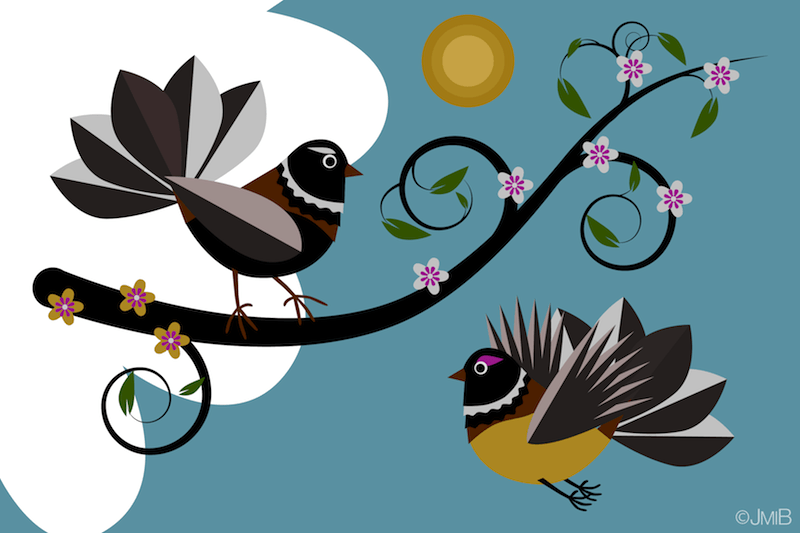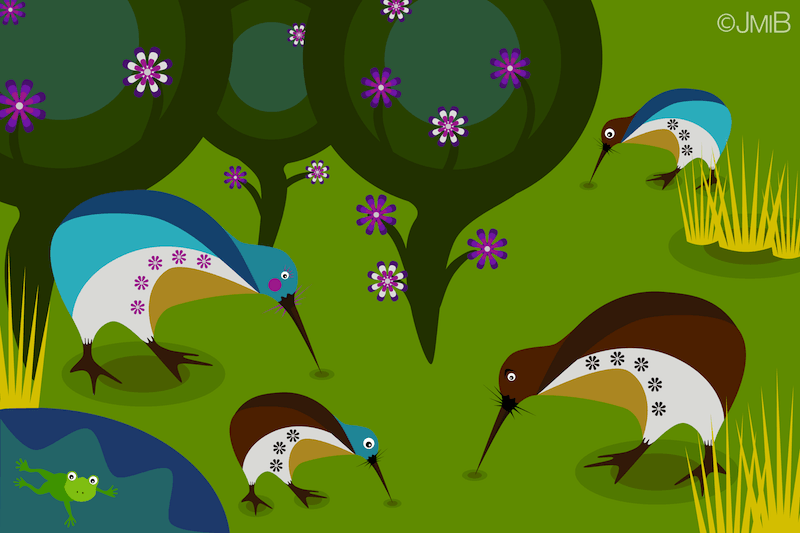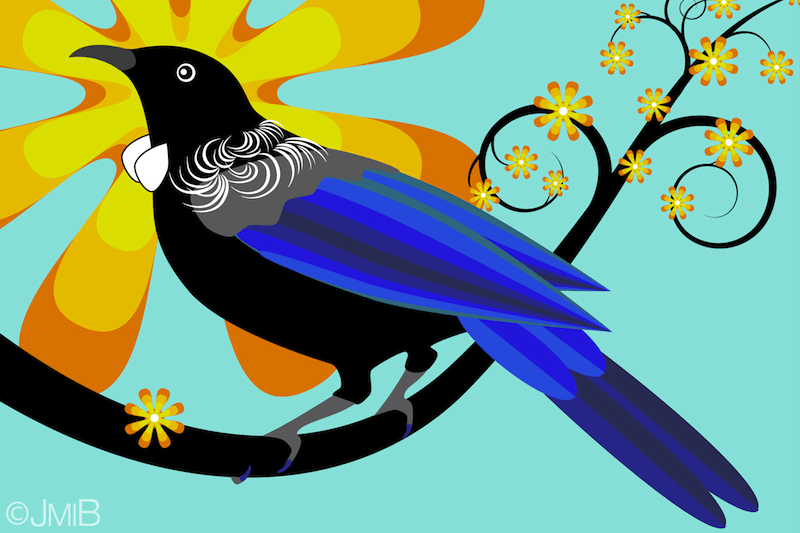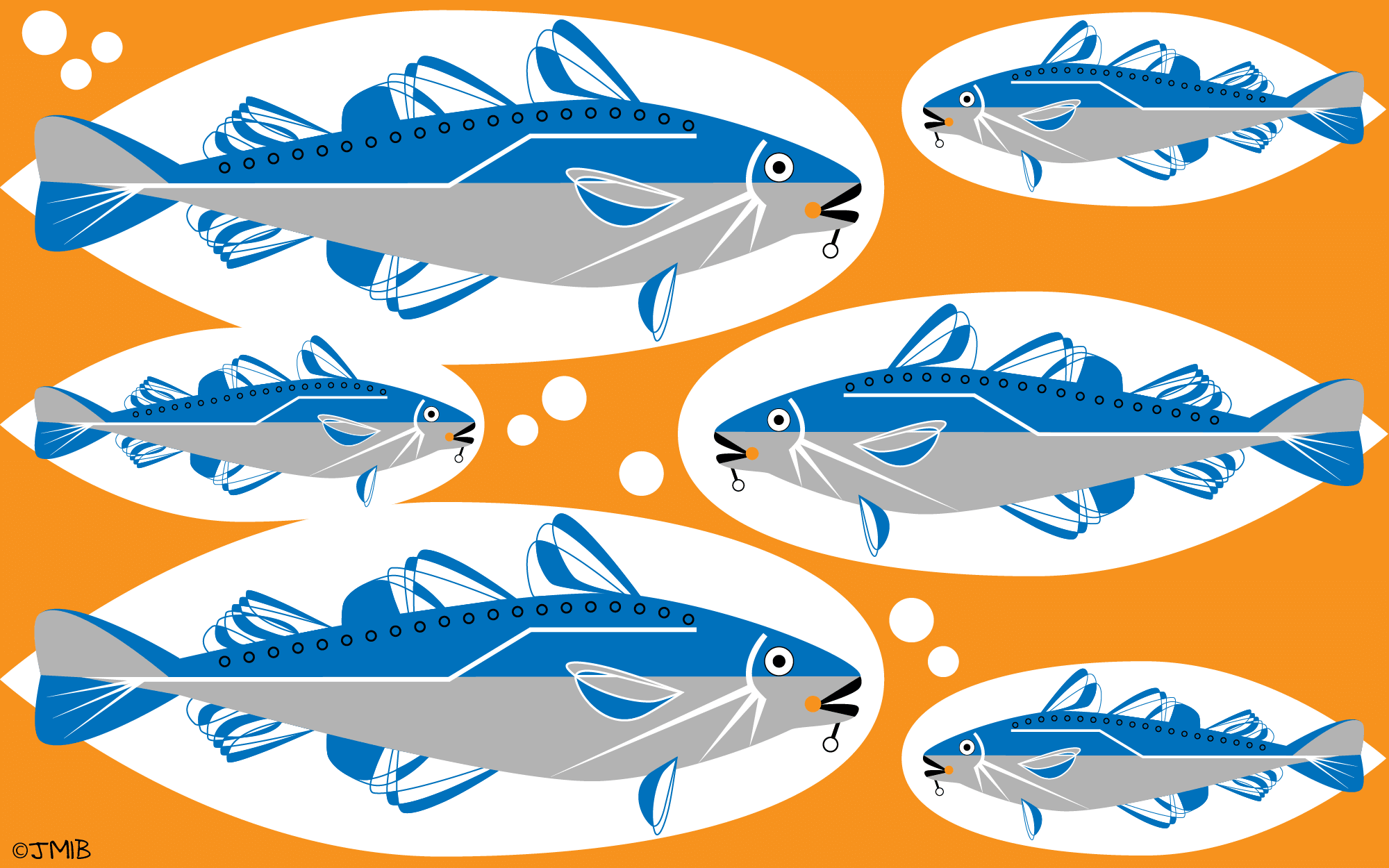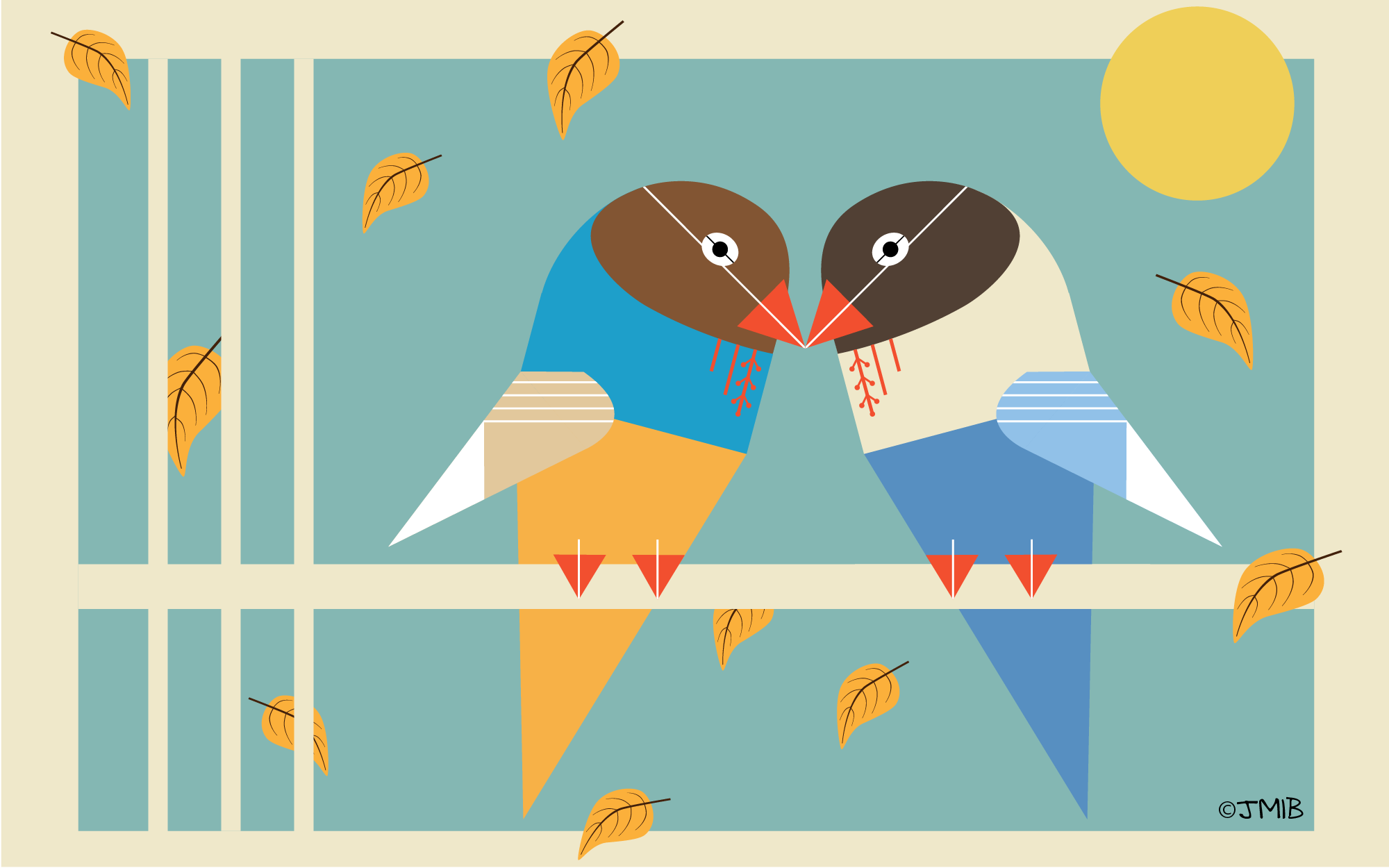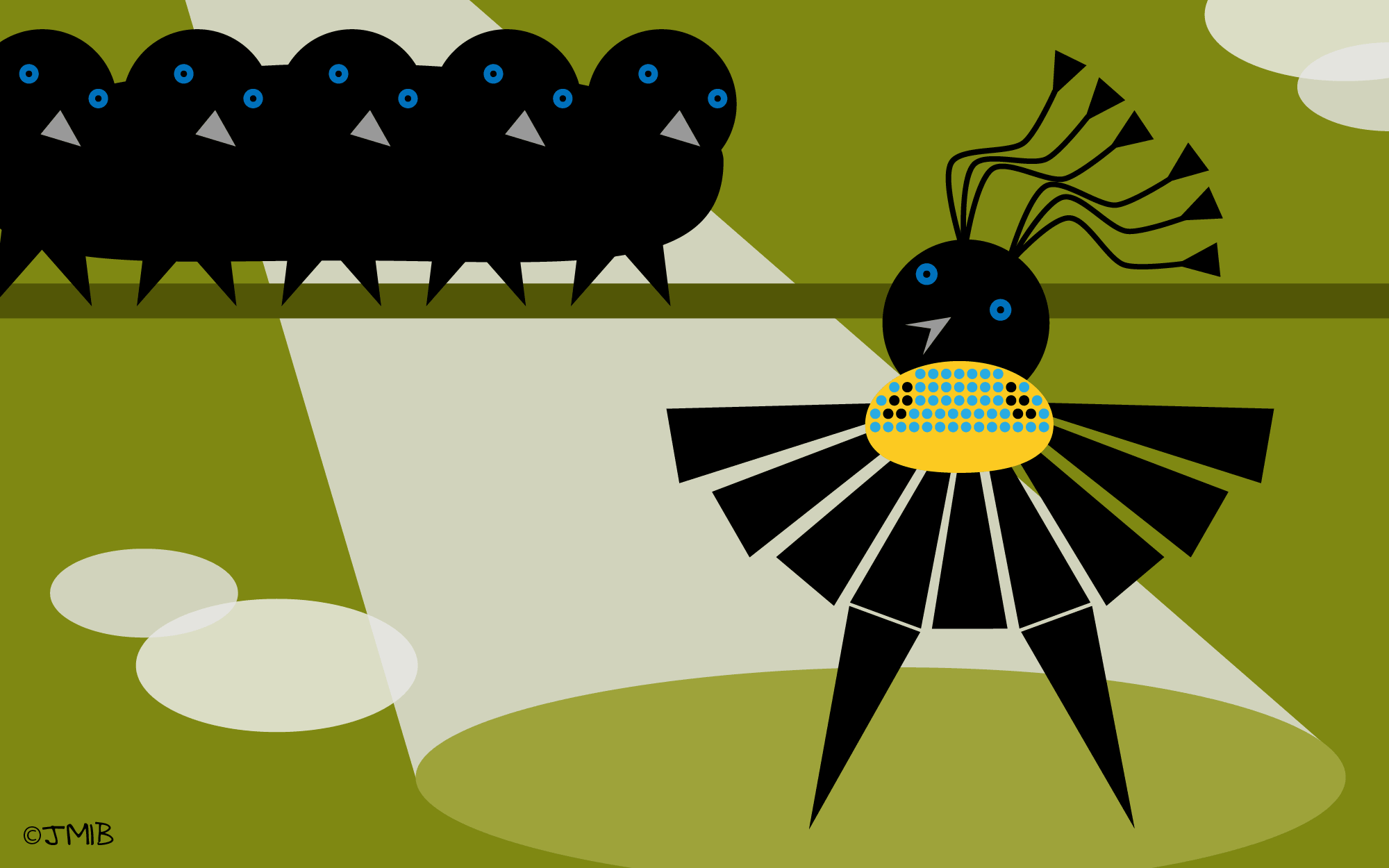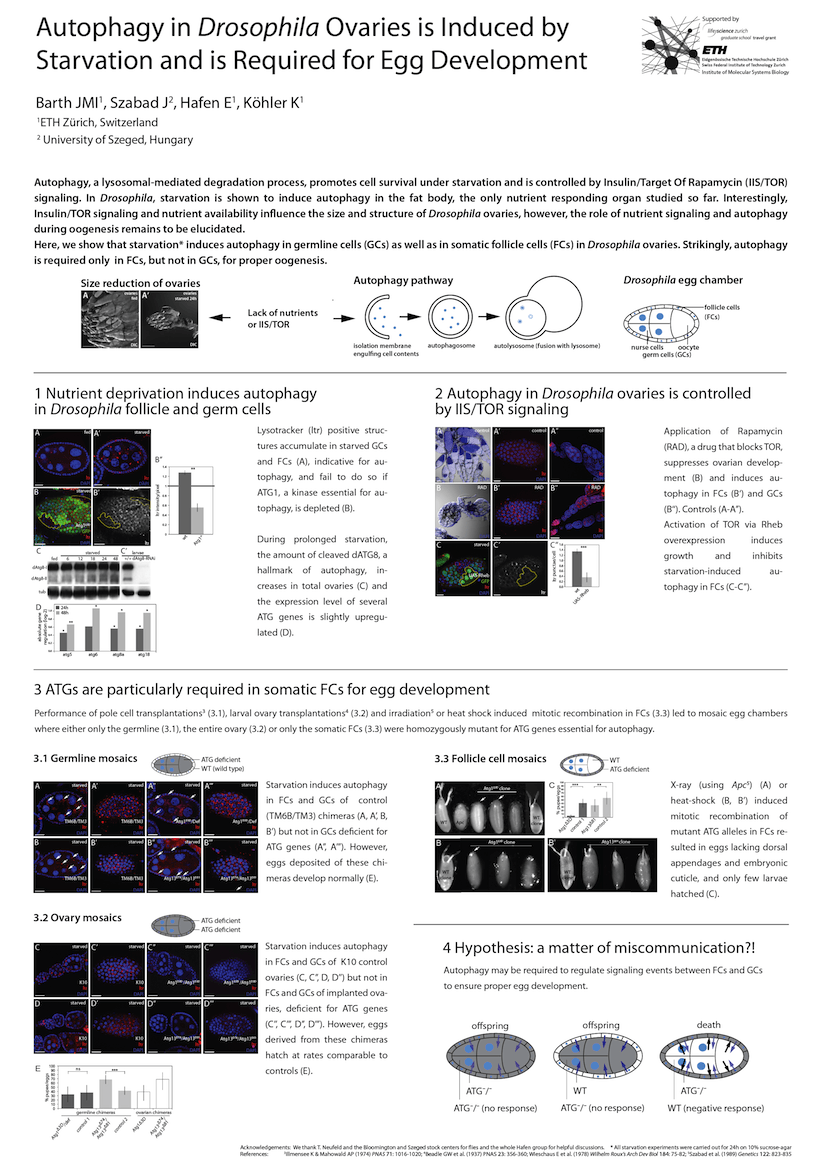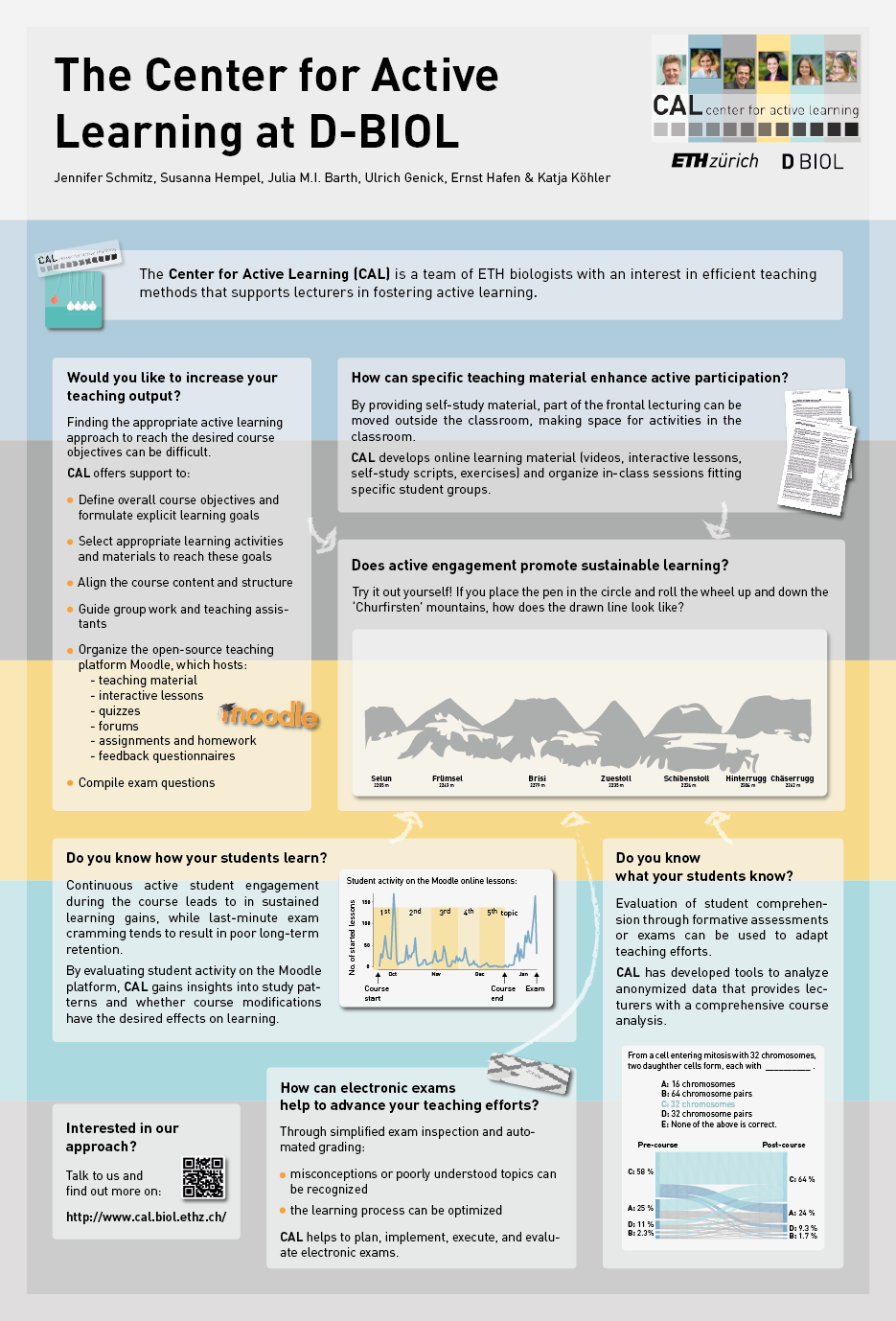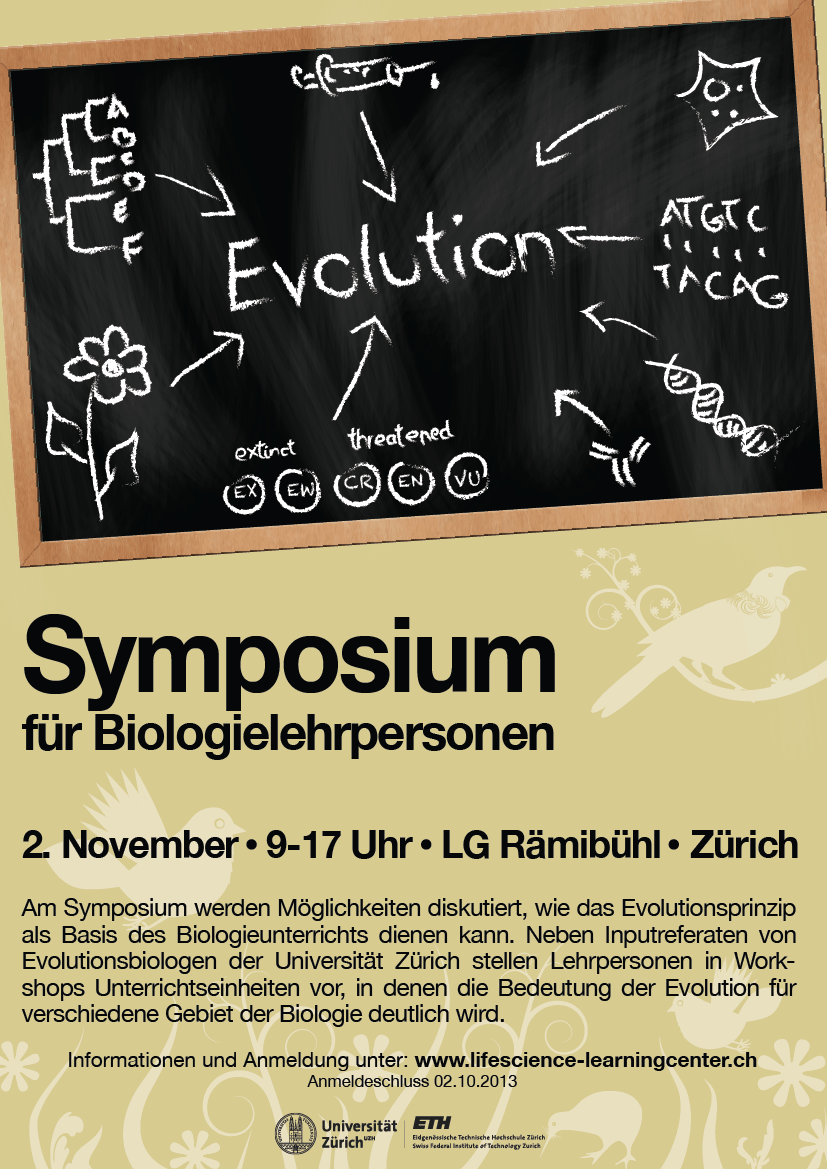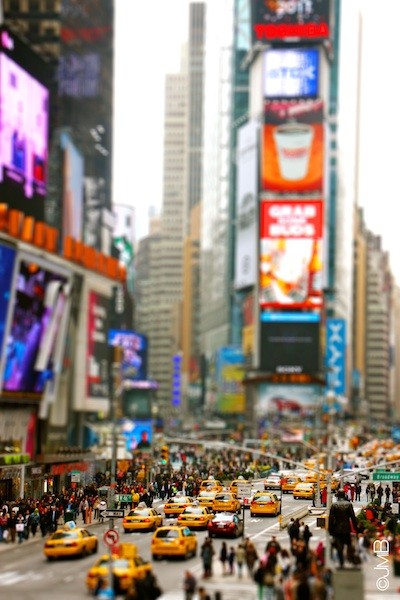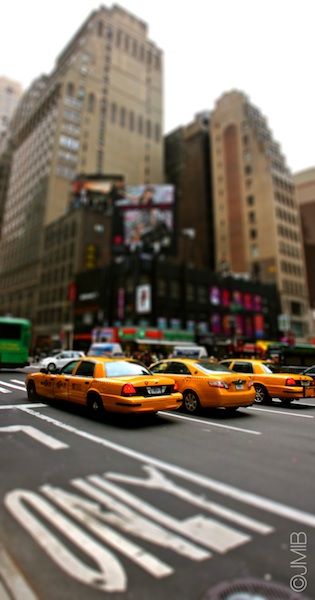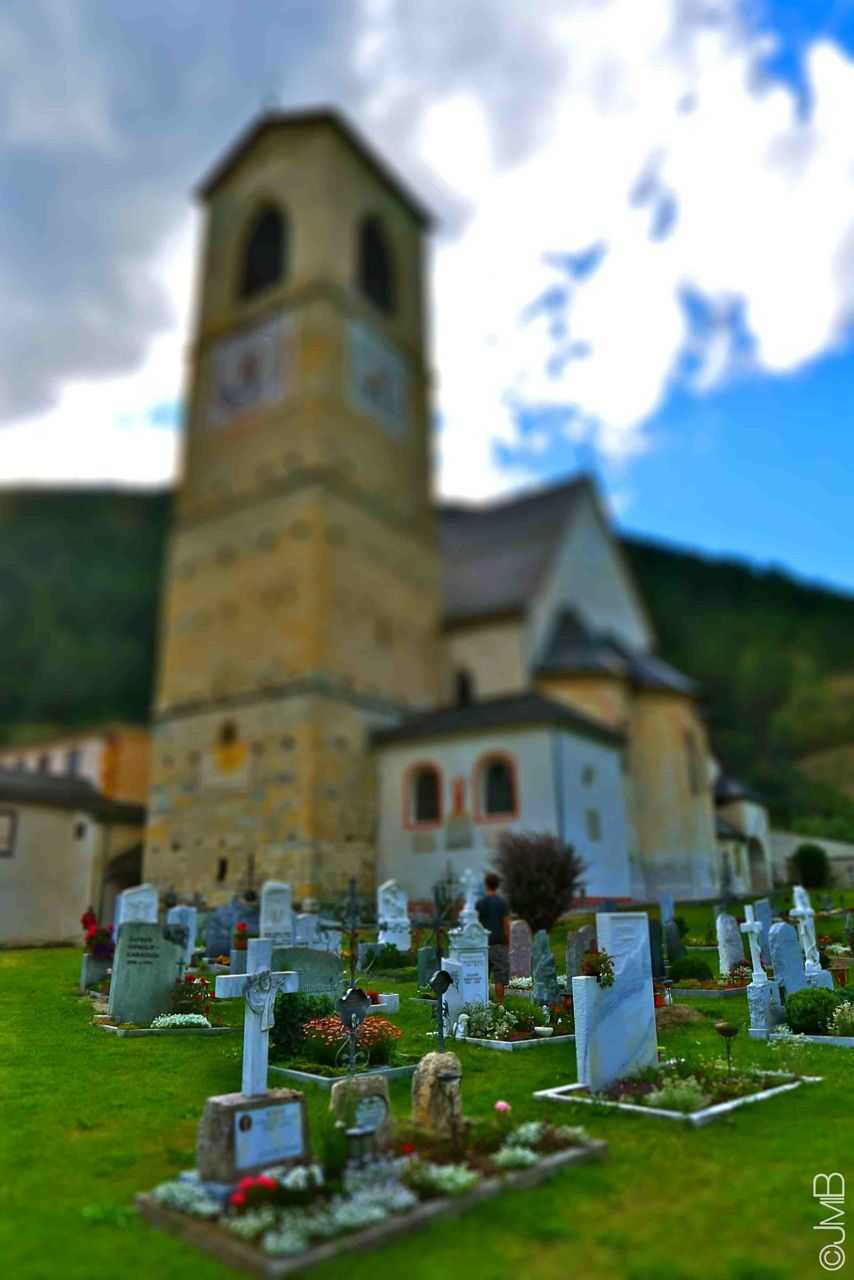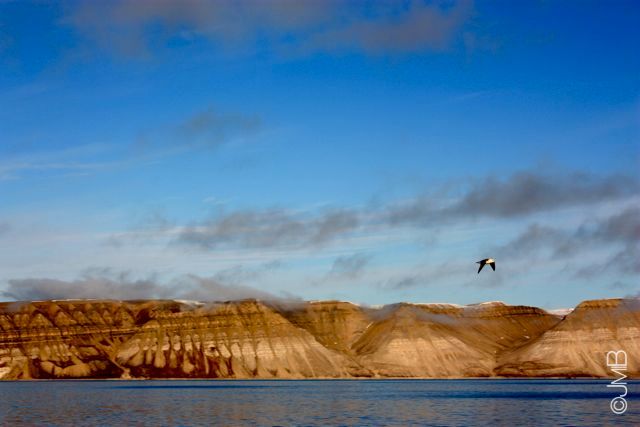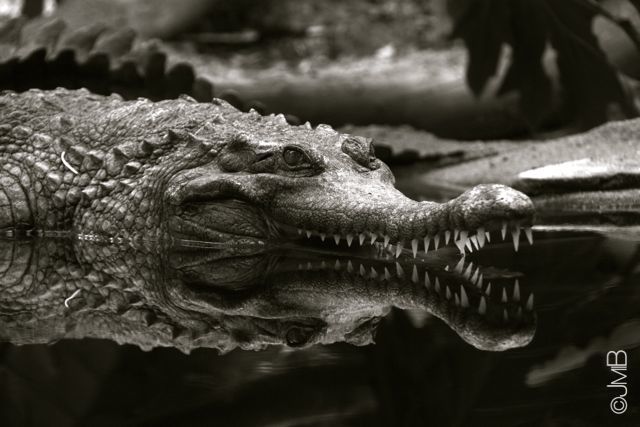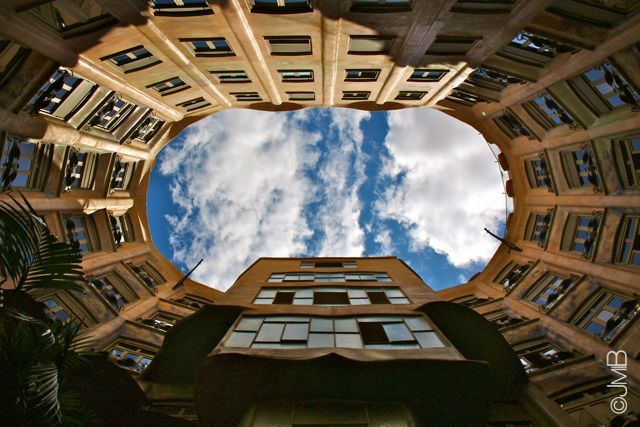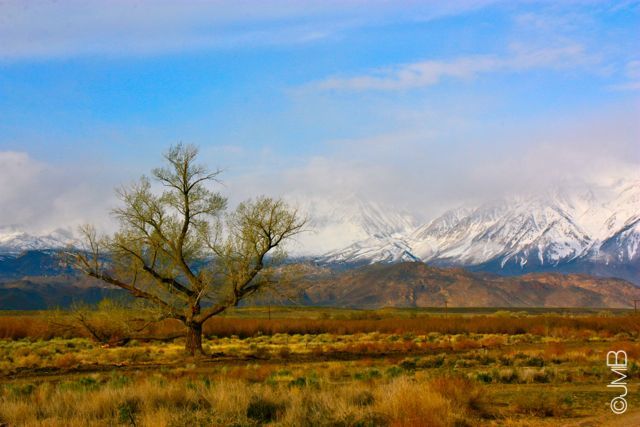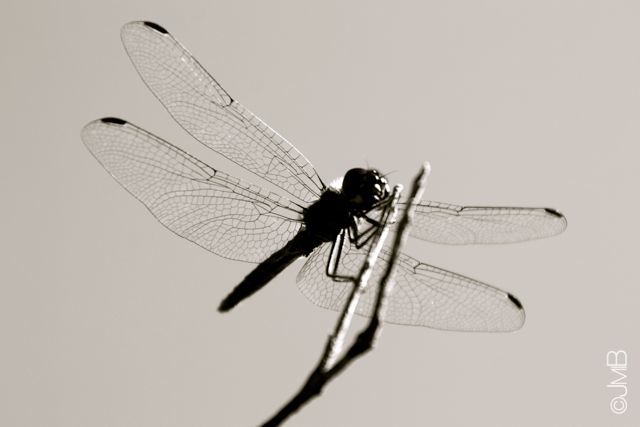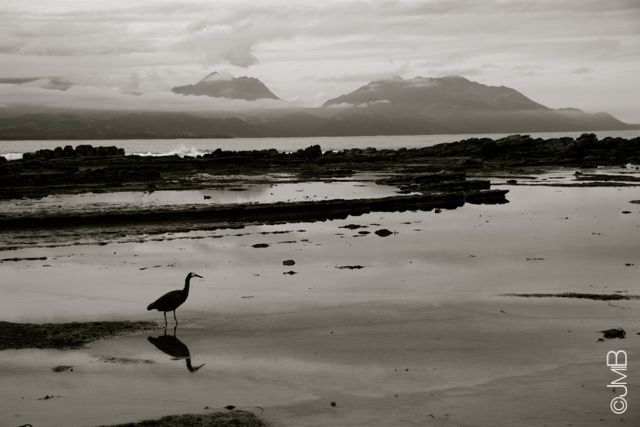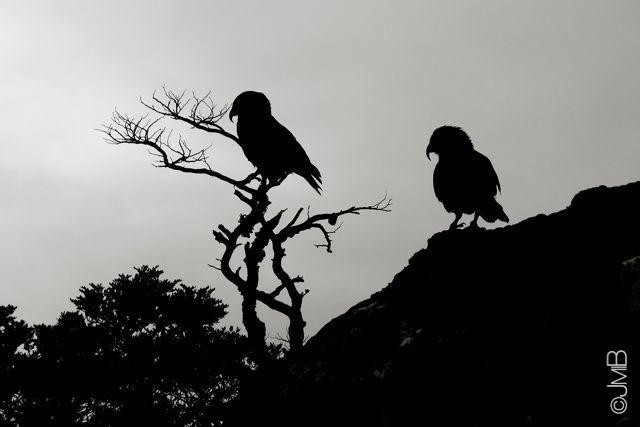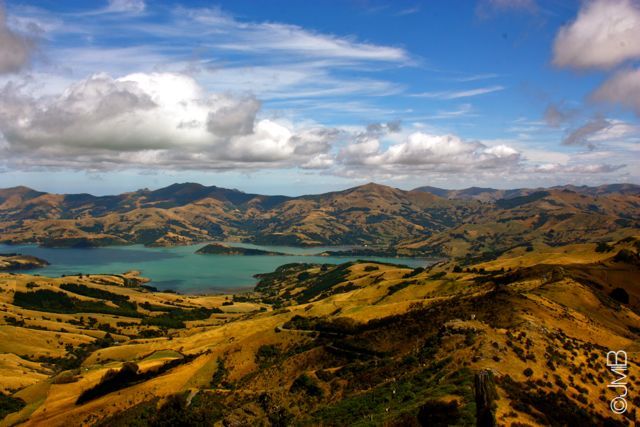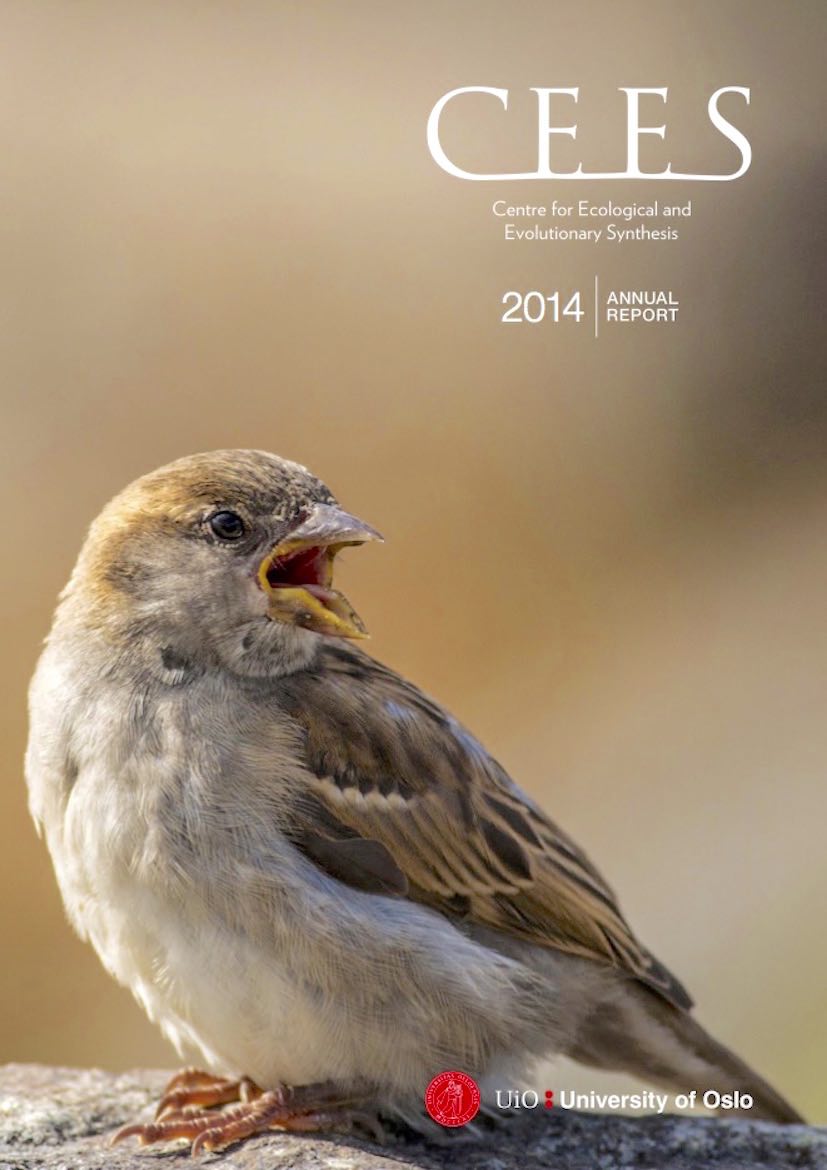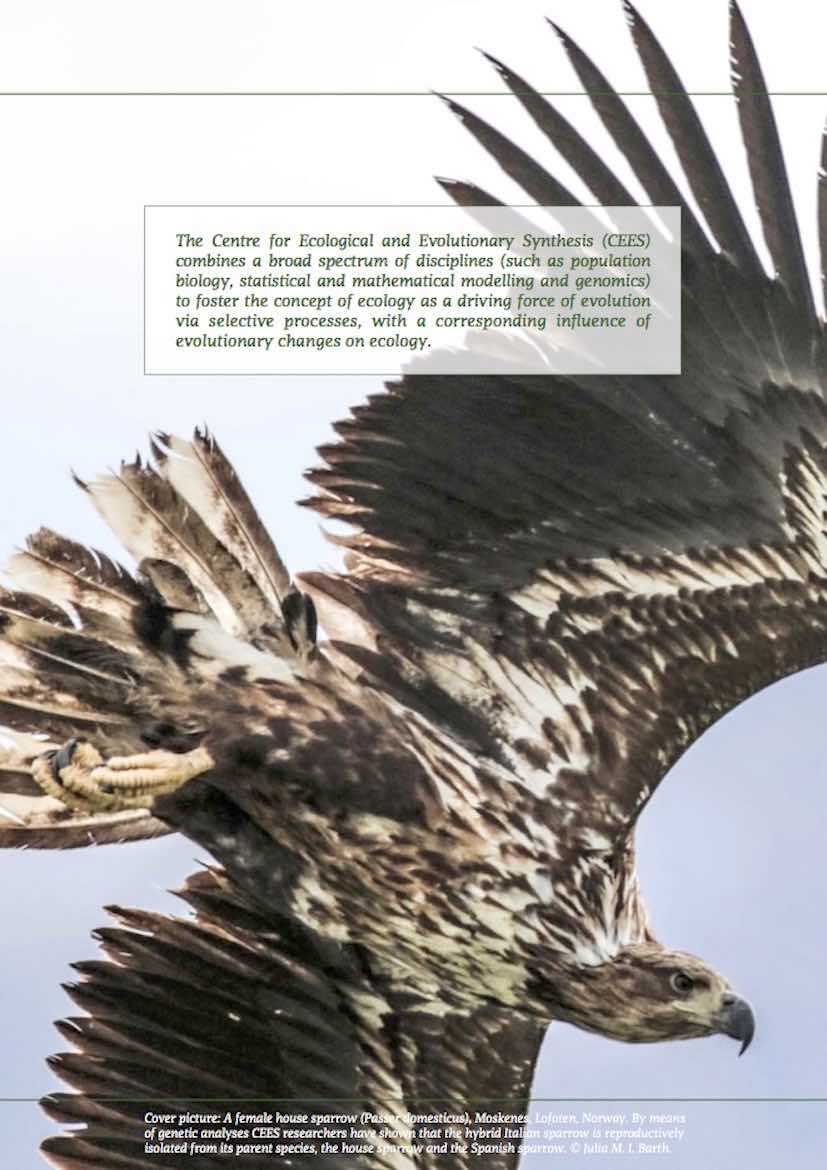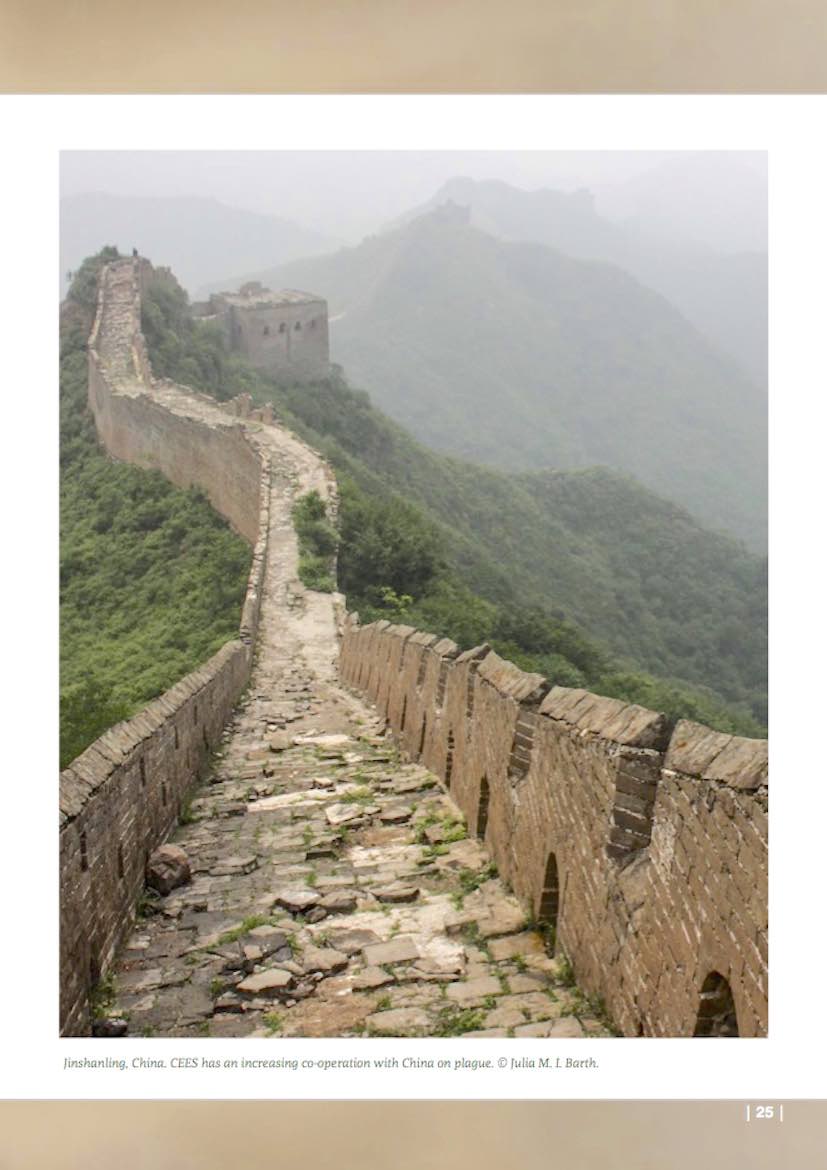art
As a researcher, communicating and presenting results and techniques among colleagues, experts and the general public is an important skill. Often you'll find scientists struggling with the preparation of figures and graphics. For me, this part of research is actually great fun. If time allows, I am also a passionate hobby photographer, and hobby artist - I love to combine travelling and photographing and designing artwork for decoration, advertisements and science.
Browse through a collection of my photographs and artwork:
shirt design
In 2011 my local climbing gym, the Minimum announced a contest aimed at finding new prints for T-shirts to promote their gym. I participated with two designs and one of them won and got into print!! See my logos below:
illustrations
Inspired by nature. New Zealand birds are amazing and a real fun to illustrate. Using Adobe Illustrator and only different forms and colors - no gradients and shadows -
I drew these images of fantails, kiwis and a tui.
The New Zealand fantail is a small, overly active bird that often flitters around trampers and hikers to catch small insects that may hav been disturbed by the humans.
They are really funny to watch and their metallic call sounds like an old bicycle, with a chain that needs some oil.
The kiwi , the national bird of New Zealand, is often illustrated in his camouflaging brown feather coat in a dark forest. However, foraging kiwis are not at all quiet
and can turn a calm and dark night to seem to be a bright summer day - they are sniffing and huffing and rustling and scrabbling between the leafs and gras. They are so occupied
with searching for insects, they often don't recognize humans watching them and with their beak always in the humid soil, they can accidentally come very close to their observers.
The tui is a nectar feeding bird that is often sitting in dense vegetation and can only be localized by its unusual call, which sounds like cracks, clicks, groans and sometimes "melodic" wheezing.
When sitting in a bush, it appears at first glance all black except for a pair of bright white feathers at its breast. However, in sunlight, one can recognize the multicolored iridescent wing and tail feathers and
a ring of slim white feathers that surround its neck like a collar. It's beautiful!
Inspired by Charley Harper. These images followed the same technique but adopted some of Charley Harpers simple and abstract forms.
The 70s cod stock originated from some heavy brainstorming over scientific cod-literature.
These autumn birds are the ones to hopefully stay during a long and cold Norwegian winter.
On the last picture you may notice a presumably weird display of birds. These should symbolize a male and five female Parotia berlepschi, the Six-wired Bird-of-paradise.
I recently read an article in the National Geographic about the approx. 40 species of Birds-of-paradise and thereafter also watched two excellent reports filmed by BBC and National Geographic teams
in the deep forests of New Guinea. These birds are all extraordinary in color, shape and behavior - but the Six-wired impressed me the most.
Luminous enchanting blue eyes, and performing a well-studied dance, which does surely not only amaze the girls of its own species.
poster
For explaining scientific results, announcing parties or conferences - posters and flyers can reach a wide range of people. They should be as simple as possible, appeal the appropriate kind of audience and contain all important information. See some of mine below:
tilt shift
Tilt-shift photography is a technique in which the use of a special lens can lead to pictures on which normal-sized locations look like miniature-scale models. This effect can also be achieved by using different tools in Adobe Photoshop, which is what I did with some of my snaps from big NYC and from the Abbey of Sait John in the Swiss village of Müstair.
photography
This is just a small collection of random photos from Svalbard, Istanbul, San Diego, Barcelona, Bishop, Cape Town, and New Zealand.
Some of my pictures were selected for the annual reports of our research center, the CEES at the University of Oslo.
